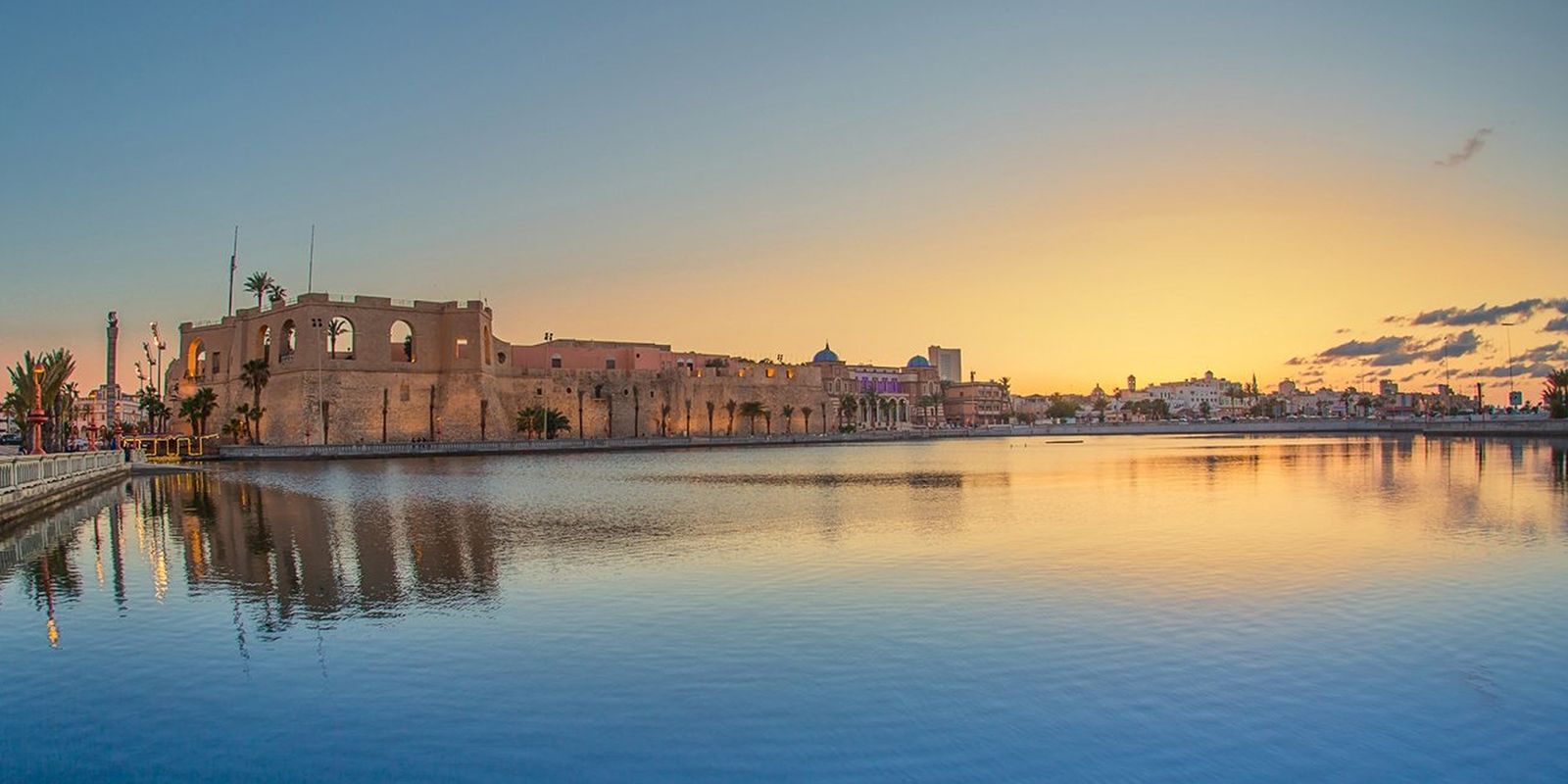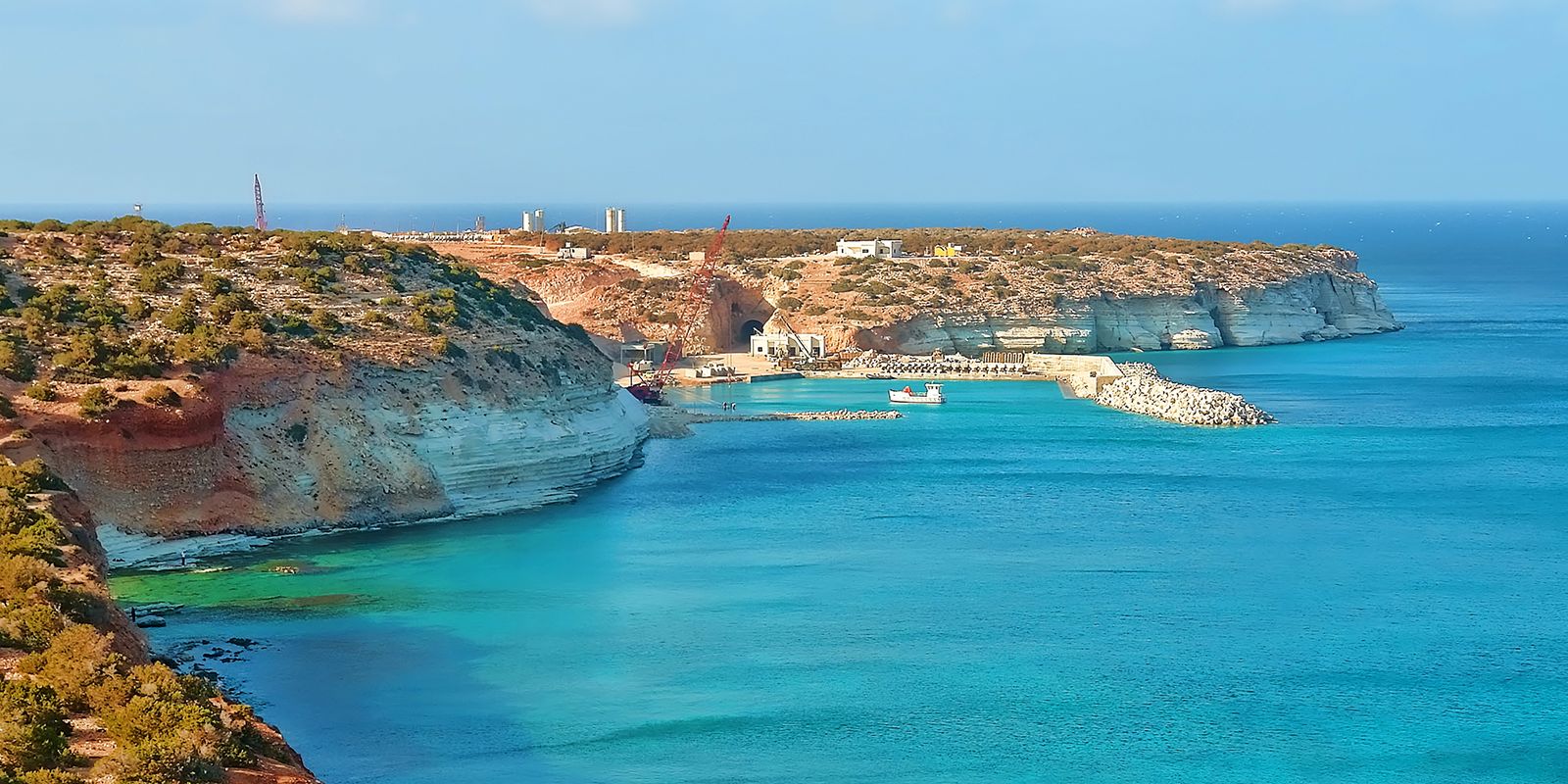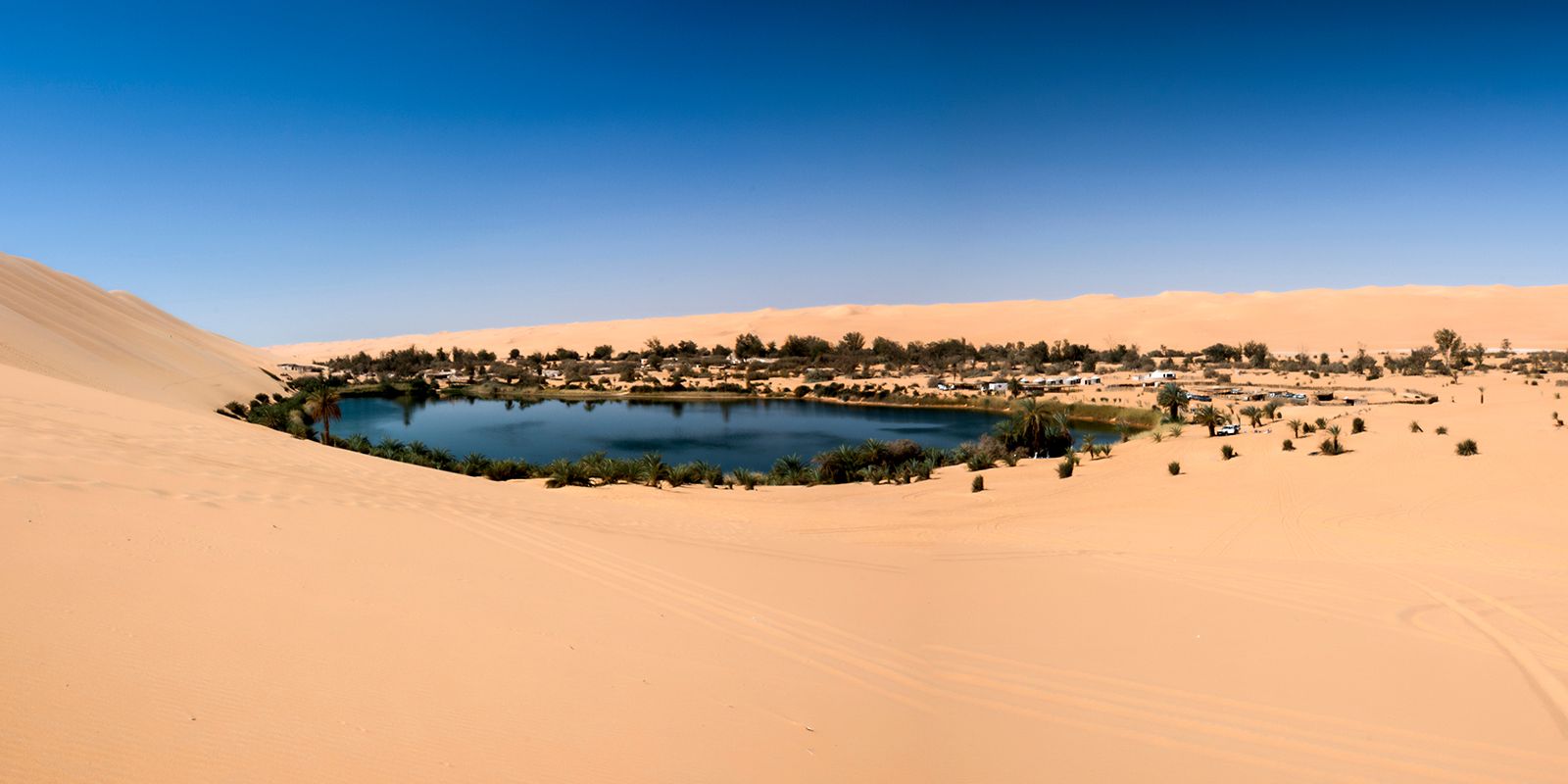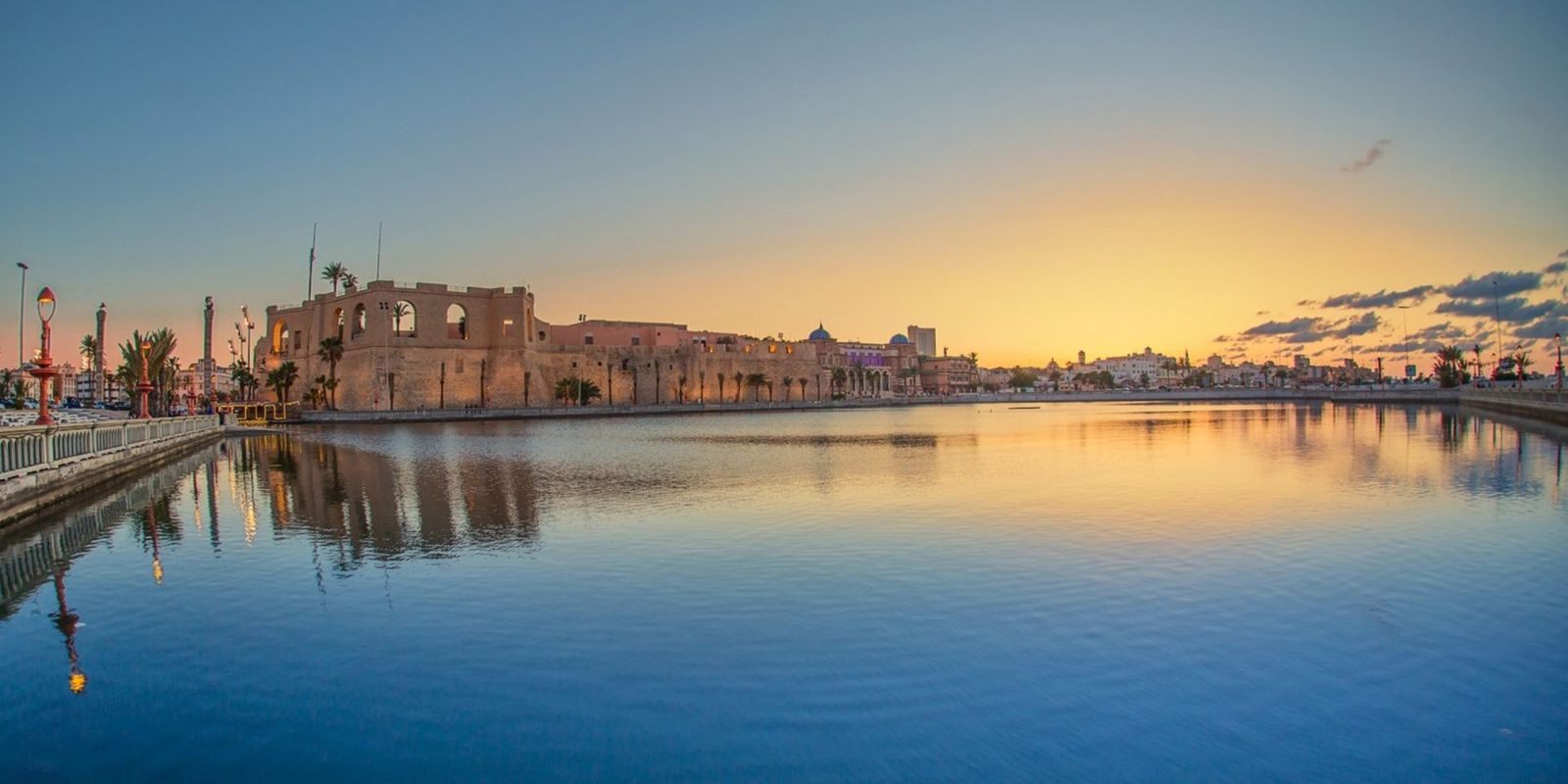An Emerging Landscape for Forward-Thinking Investors
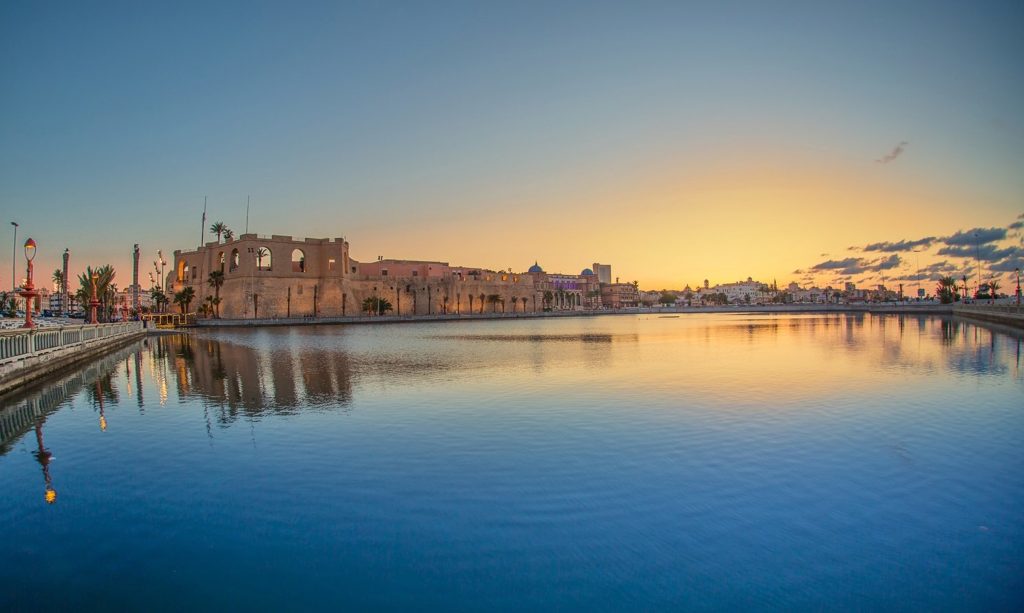
Libya’s story is often told in fragments: the energy giant with Africa’s largest crude reserves; the Mediterranean nation emerging from a period of reconstruction; the youthful society eager for digital acceleration. When those fragments are viewed together a different picture emerges—one of a market gradually positioning itself as a regional connector and a laboratory for forward-thinking capital. Geography, resources, infrastructure modernisation and demographics form the macro-framework. Yet the investment case ultimately rests on a deeper narrative: partnering with local expertise to unlock long-term value in ways that advance economic diversification and community resilience. The following overview distils that narrative into four inter-locking themes.
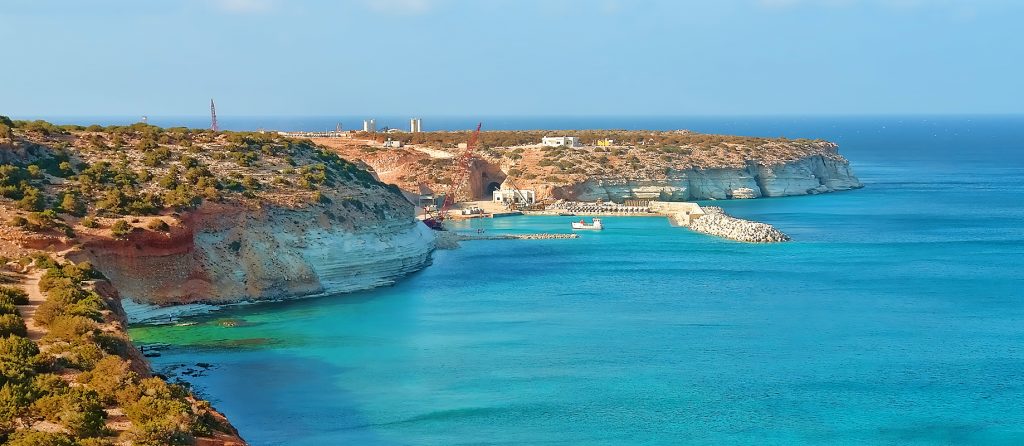
A Central Mediterranean Gateway
Strategic Geography
Libya occupies 1 770 kilometres of Mediterranean coastline longer than Italy’s and faces the major east-west container routes that bind Southern Europe to the Suez Canal. Tripoli, Misrata and Benghazi ports are positioned within two days’ sailing of Valletta and Piraeus, while overland corridors reach six neighbouring states, creating a natural logistics triangle that spans North Africa, the Levant and the Sahel. For investors, this translates into competitive dwell times for cargo, attractive break-bulk prospects and the potential to develop free-zone manufacturing that services both European and African demand under preferential trade terms. Complementary investments in cold-chain warehousing, e-commerce fulfillment and regional distribution centres can ride the same geography advantage, especially as cross-border digital-customs initiatives take hold across the Maghreb.
Energy, Minerals, and Renewables
Natural Resources
Decades of proven petroleum output have long made Libya an energy heavyweight, yet the resource story extends further. Vast solar irradiance, promising wind corridors, and abundant limestone, gypsum, and silica support diverse investment plays from low-carbon power and green hydrogen to value-added construction materials. Ready access to competitive energy inputs gives downstream industries an important cost edge.
Building Tomorrow’s Infrastructure
Reconstruction & Growth
Libyan cities are undergoing steady modernisation new roads, upgraded utilities, mixed-use districts, and hospitality assets designed for regional tourism growth. Private capital has a role to play across the spectrum residential communities, retail centres, healthcare complexes, industrial parks, and smart-city technology. The collective aim is to elevate service quality, diversify the economy, and create resilient, future-ready urban environments.
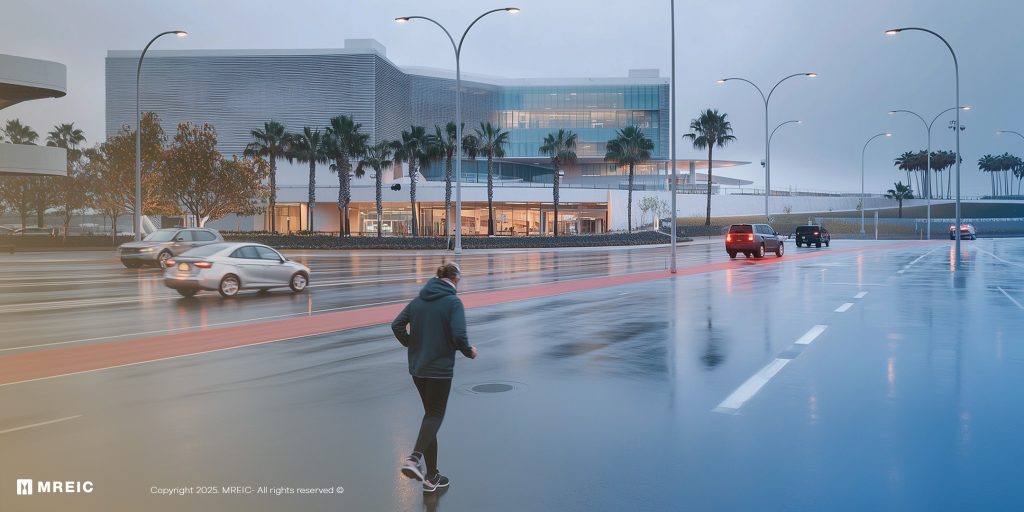
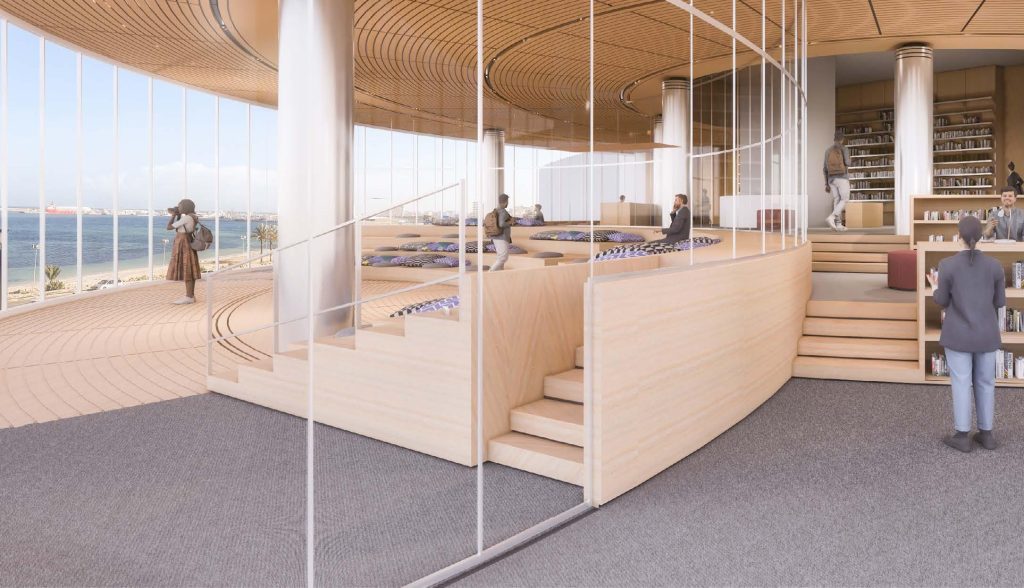
A Young, Connected Population
Demographic Advantage
With a predominantly youthful citizen base and rising digital adoption, Libya presents a dynamic consumer market and an eager workforce. Demand is expanding for contemporary housing, e-commerce fulfillment, leisure destinations, fintech solutions, and vocational training. Investors who pair capital with skills development can tap into both consumption growth and local talent pipelines.
A Young, Connected Population
Demographic Advantage
Entering a frontier market calls for measured, responsible execution anchored in local insight, robust governance, and long-term commitment. MREIC is dedicated to fostering partnerships that meet these standards, aligning international best practice with Libya’s economic aspirations and cultural context.
